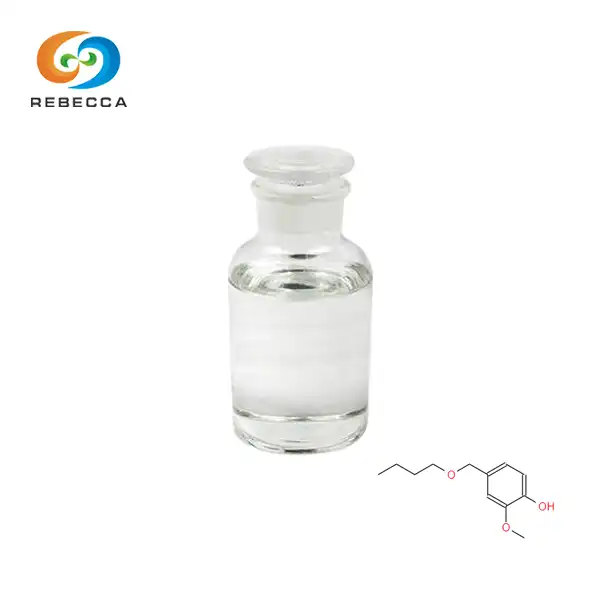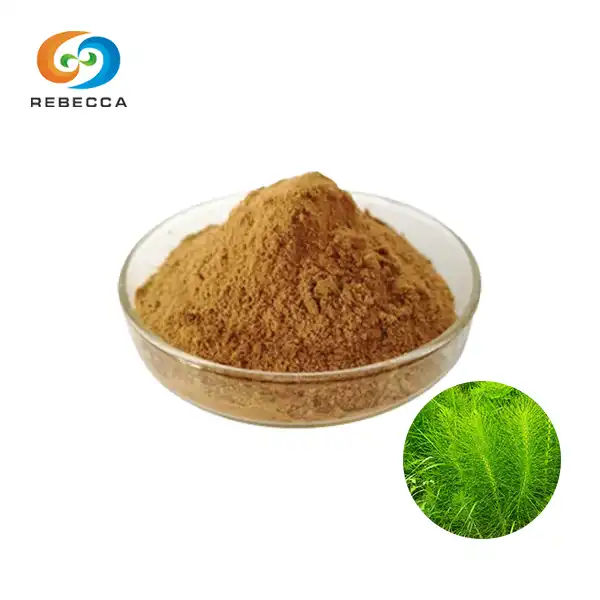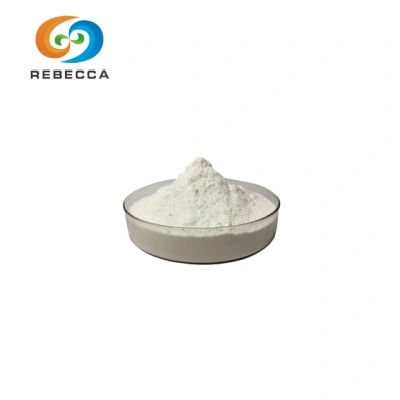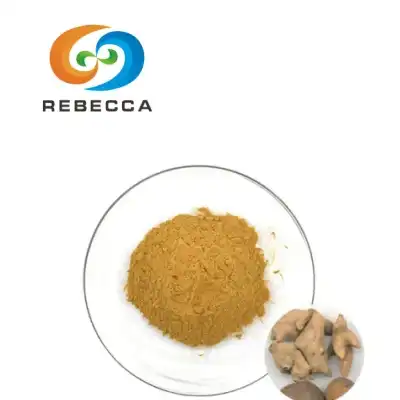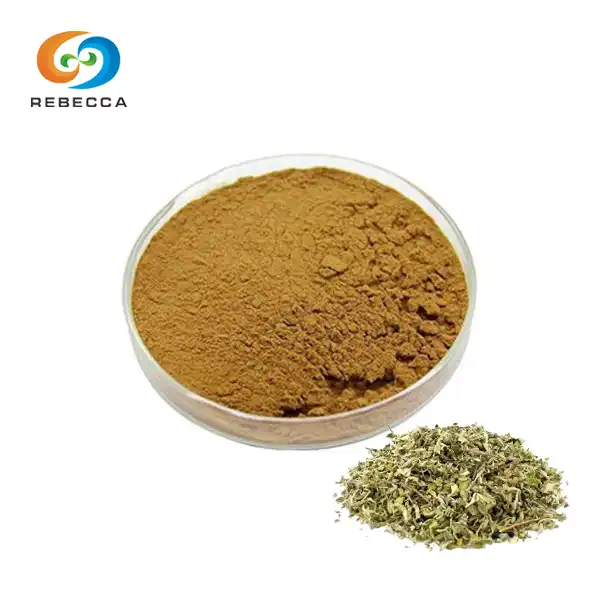What are the Different Types of Creatine?
Creatine is a popular supplement used to enhance athletic performance and muscle growth. The most common and well-researched form is creatine monohydrate, but several other types exist. These include creatine hydrochloride (HCL), buffered creatine, micronized creatine, liquid creatine, and creatine ethyl ester. Each type has unique properties that may affect absorption, effectiveness, and user experience. Understanding these differences can help you choose the right creatine supplement for your fitness goals.
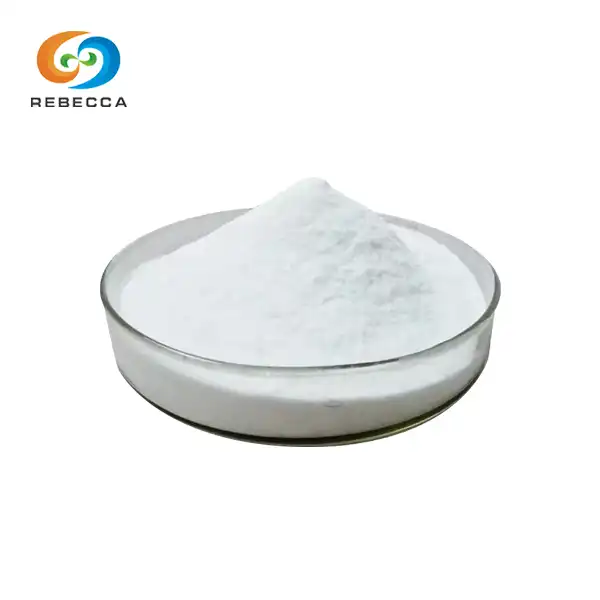
Product Name: Creatine Monohydrate
Creatine Monohydrate PowderSpecification: 99.5%-102.0%, HPLC
CAS: 6020-87-7
Creatine monohydrate Professional Manufacturer and Supplier
Free Sample Available, MSDS Available
Creatine Forms: Monohydrate vs. Others
Creatine Monohydrate: The Gold Standard
Creatine monohydrate remains the most extensively studied and widely used form of creatine. Its effectiveness in increasing muscle strength and size has been consistently demonstrated in numerous scientific studies. This form consists of a creatine molecule bound to a water molecule, resulting in a stable and easily absorbed compound.
The benefits of creatine monohydrate include:
- Increased muscle phosphocreatine stores
- Enhanced muscle strength and power output
- Improved muscle recovery
- Potential cognitive benefits
Many athletes and bodybuilders prefer creatine monohydrate due to its proven track record and cost-effectiveness. It's typically consumed in a loading phase followed by a maintenance phase to maximize its effects.


Creatine HCL: A More Soluble Alternative?
Creatine hydrochloride (HCL) is a newer form of creatine that claims to offer improved solubility and absorption. The addition of hydrochloric acid to the creatine molecule is said to enhance its stability in acidic environments, potentially leading to better uptake in the digestive system.
Proponents of creatine HCL argue that it may:
- Reduce bloating and water retention associated with monohydrate
- Allow for smaller doses due to increased absorption
- Minimize potential gastrointestinal discomfort
While these claims are promising, more research is needed to fully validate the superiority of creatine HCL over monohydrate in terms of performance enhancement.
Buffered Creatine: pH-Adjusted for Better Absorption
Buffered creatine, also known as Kre-Alkalyn, is a form of creatine that has been pH-adjusted to reduce its breakdown in the stomach. The theory behind this modification is that it allows more intact creatine to reach the muscles, potentially improving its effectiveness.
Supposed advantages of buffered creatine include:
- Increased stability in the digestive system
- Reduced conversion to creatinine
- Potentially lower effective doses
However, scientific evidence supporting these claims is limited, and some studies suggest that buffered creatine may not offer significant advantages over creatine monohydrate in terms of muscle uptake or performance enhancement.
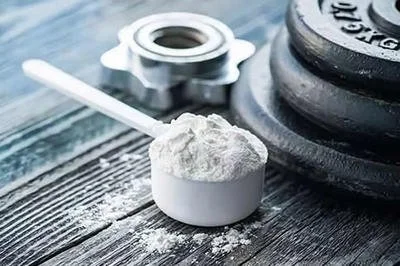
Absorption Rates: Which Creatine Type Works Fastest?
Micronized Creatine: Enhancing Dissolution and Uptake
Micronized creatine is a form of creatine monohydrate that has been processed to create smaller particles. This modification aims to improve the supplement's mixability and absorption rate. The smaller particle size increases the surface area of the creatine, potentially leading to faster dissolution in liquids and improved uptake by the body.
Benefits of micronized creatine may include:
- Better mixability in liquids
- Reduced settling and clumping in beverages
- Potentially faster absorption in the digestive system
- Decreased likelihood of gastrointestinal discomfort
While micronized creatine offers these potential advantages, it's important to note that the fundamental effects on muscle performance are likely similar to those of regular creatine monohydrate.

Liquid Creatine: Instant Availability or Marketing Hype?
Liquid creatine supplements have been marketed as a convenient and fast-acting alternative to powder forms. The premise is that the creatine is already dissolved, potentially leading to quicker absorption and utilization by the body. However, the efficacy of liquid creatine has been questioned by researchers and sports nutrition experts.
Concerns about liquid creatine include:
- Potential instability of creatine in liquid form over time
- Conversion of creatine to creatinine in solution
- Limited evidence of superior absorption or effectiveness
Studies have shown that creatine in liquid form may degrade more quickly than powder forms, potentially reducing its effectiveness. As a result, many experts recommend sticking with powder forms of creatine for optimal results.
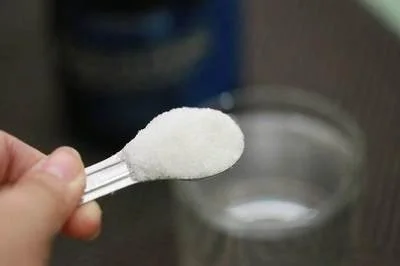
Creatine Ethyl Ester: Improved Bioavailability Claims
Creatine ethyl ester (CEE) is a modified form of creatine that has been bonded with an ester group. This modification is intended to enhance the supplement's ability to pass through cell membranes, theoretically improving its bioavailability and effectiveness.
Proponents of CEE claim:
- Improved absorption compared to creatine monohydrate
- Reduced water retention and bloating
- Faster strength and muscle gains
Despite these claims, scientific research has not consistently supported the superiority of CEE over creatine monohydrate. Some studies have even suggested that CEE may be less effective due to its rapid breakdown in the body.
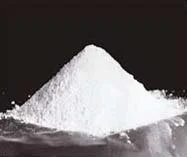
Choosing the Right Creatine: Factors to Consider
Purity Matters: Assessing Creatine Quality
When selecting a creatine supplement, purity should be a top priority. High-quality creatine products undergo rigorous testing to ensure they meet strict standards for purity and potency. Look for supplements that have been third-party tested and certified by reputable organizations.
Key factors in assessing creatine quality include:
- Certification from independent testing organizations
- Transparent labeling of ingredients and dosages
- Manufacturing in facilities that follow Good Manufacturing Practices (GMP)
- Absence of unnecessary fillers or additives
Choosing a high-purity creatine supplement can help maximize its effectiveness and minimize potential side effects.
Cost-Effectiveness: Balancing Price and Performance
While it's tempting to opt for the cheapest creatine supplement available, it's essential to consider the balance between cost and quality. Creatine monohydrate tends to be the most cost-effective option due to its widespread availability and established manufacturing processes.
When evaluating cost-effectiveness, consider:
- Price per serving of active creatine
- Required dosage for effectiveness
- Potential need for additional supplements to enhance absorption
- Long-term value based on consistent results
Remember that a slightly higher upfront cost for a high-quality creatine supplement may provide better value in terms of results and safety.
Personal Response: Finding Your Optimal Creatine Type
Individual responses to different types of creatine can vary. While creatine monohydrate works well for most people, some may find better results or fewer side effects with alternative forms. Factors that can influence your personal response include:
- Digestive sensitivity
- Training intensity and frequency
- Diet and overall nutritional status
- Genetic factors affecting creatine metabolism
Experimenting with different types of creatine under the guidance of a healthcare professional or sports nutritionist can help you determine which form works best for your body and fitness goals.
While various types of creatine supplements are available, creatine monohydrate remains the most well-researched and reliable option for most users. Other forms may offer specific benefits for certain individuals, but more research is needed to fully validate their claims of superiority. When choosing a creatine supplement, prioritize purity, consider cost-effectiveness, and pay attention to your body's response. Ultimately, consistency in supplementation and training is key to maximizing the benefits of creatine for muscle strength and athletic performance.
Pure Creatine Monohydrate Powder Supplier
Shaanxi Rebeccia is a leading supplier of pure creatine monohydrate powder, adhering to the highest quality standards in the industry. Our production base is equipped with internationally leading extraction, separation, and purification equipment, and operates in strict compliance with GMP and ISO standards. From raw material procurement to finished product delivery, every step undergoes rigorous quality control to ensure the safety and efficacy of our products. We offer a product with a specification of 99.5%-102.0% (HPLC), CAS: 6020-87-7. As a professional manufacturer and supplier, we provide free samples and MSDS upon request. For inquiries about our supplements, contact us at information@sxrebecca.com.
References
- Kreider, R.B. et al. (2017). International Society of Sports Nutrition position stand: safety and efficacy of creatine supplementation in exercise, sport, and medicine. Journal of the International Society of Sports Nutrition, 14, 18.
- Buford, T.W. et al. (2007). International Society of Sports Nutrition position stand: creatine supplementation and exercise. Journal of the International Society of Sports Nutrition, 4, 6.
- Jagim, A.R. et al. (2012). A buffered form of creatine does not promote greater changes in muscle creatine content, body composition, or training adaptations than creatine monohydrate. Journal of the International Society of Sports Nutrition, 9, 43.
- Jäger, R. et al. (2011). Analysis of the efficacy, safety, and regulatory status of novel forms of creatine. Amino Acids, 40(5), 1369-1383.
- Candow, D.G. et al. (2019). Effectiveness of Creatine Supplementation on Aging Muscle and Bone: Focus on Falls Prevention and Inflammation. Journal of Clinical Medicine, 8(4), 488.
